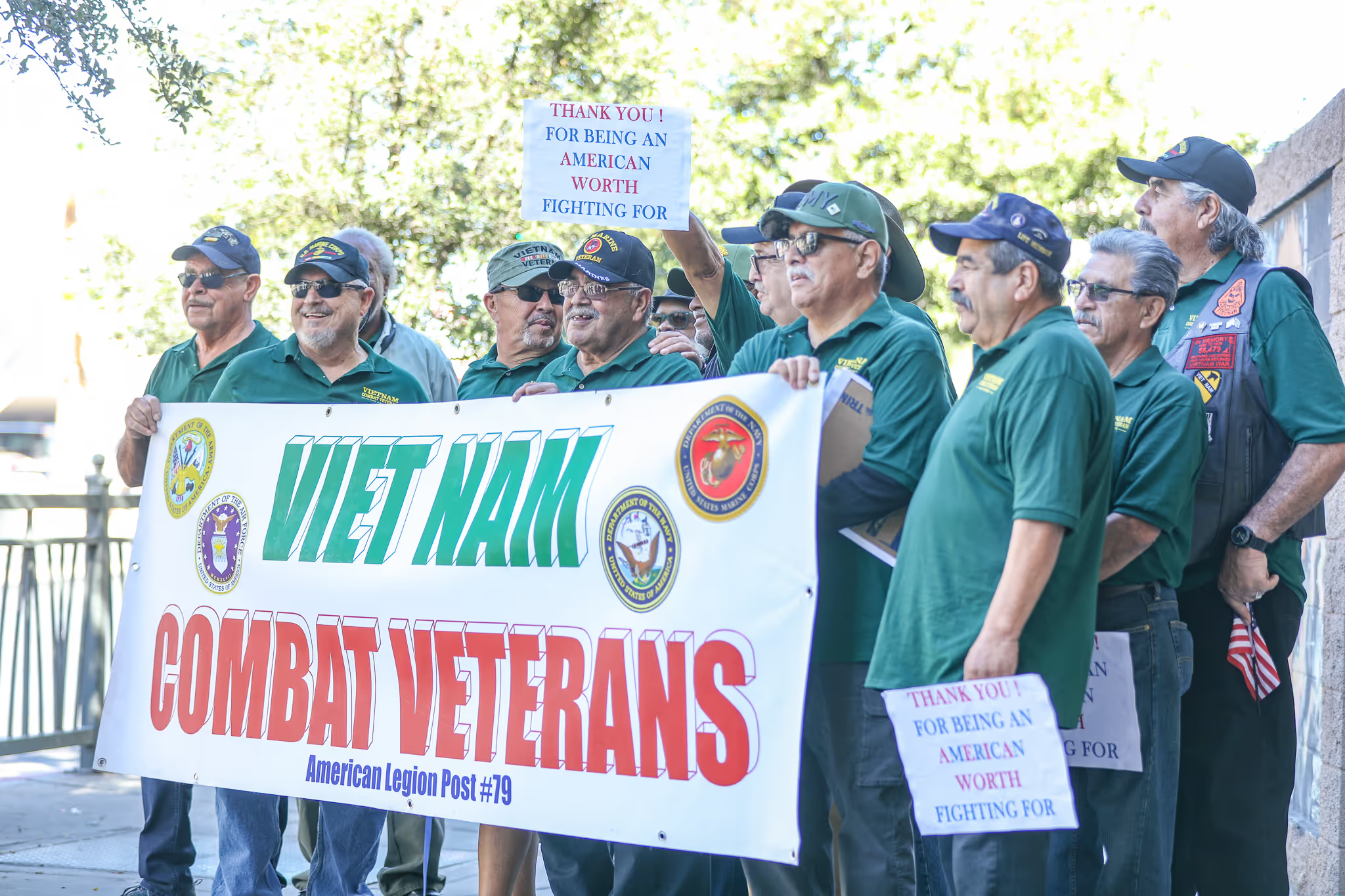Veterans experience chronic pain at rates higher and of greater severity compared to nonveterans. Military training itself can contribute to chronic pain—from bearing the weight of heavy loads or incurring injuries during training exercises. For Vietnam veterans, musculoskeletal injuries during their period of service were common, as well as shrapnel injuries from blasts, and other combat-related physical injuries. Women veterans experience musculoskeletal injuries largely from wearing equipment not designed for female bodies. Importantly, chronic pain has been associated with long-term disability.
Veterans living with chronic pain who experienced military trauma are reminded of that trauma constantly as their injuries affect their day-to-day lives. This can take a great emotional toll on veterans and impact their mental health as well.
This also makes chronic pain poorly understood. While often providers will refer patients to pain specialists to manage chronic pain, a 2015 report from the Centers for Disease Control and Prevention highlighted the need for an interdisciplinary approach to pain management, to include exercise therapy, cognitive-behavioral therapy, and non-opioid medication prescriptions.
Recently, the VA has adopted this approach with their Integrated Pain Team (IPT), established in July 2015. The IPT is embedded in primary care, where primary care providers trained in chronic pain work with a psychologist and a pharmacist and provide veterans with expedited access to physical and occupational therapy. This allows the provider to address underlying comorbidities such as mental health conditions while addressing risk for opioid misuse.








